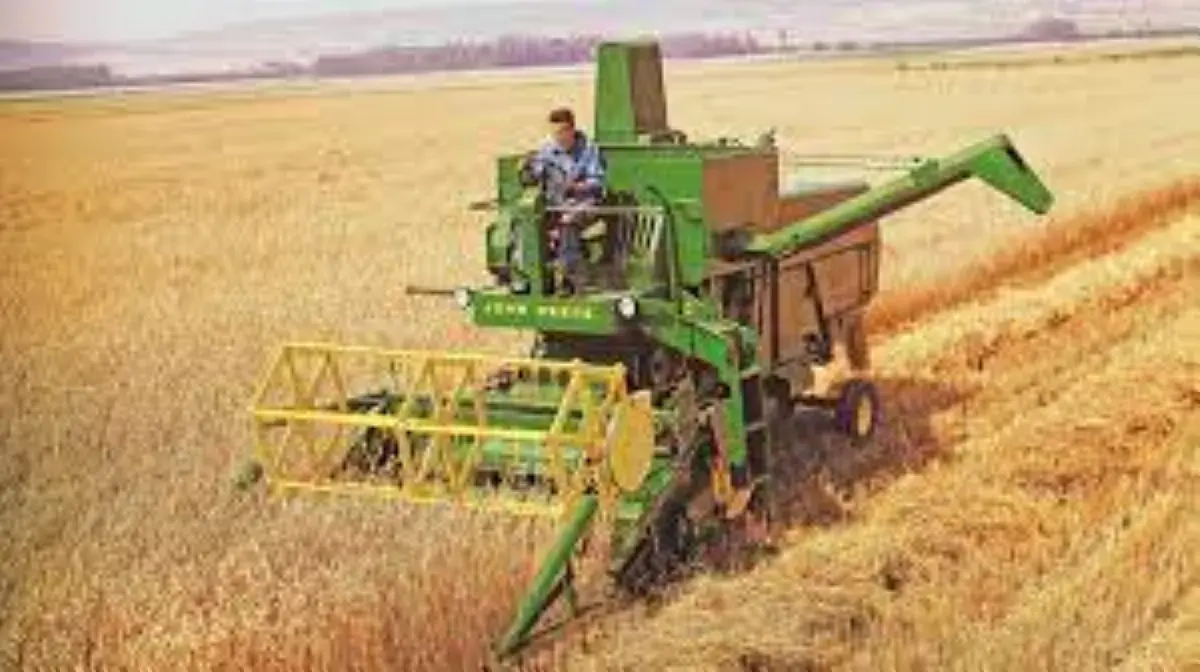
Do you want to access to this and other private contents?
Log in if you are a subscriber or click here to request service
Happy Birthday, John Deere
The famous harvester made by the American brand is now 75

John Deere's having a birthday. Or rather, to celebrate the 75th anniversary is the production of the first self-propelled combine harvester, the Model 55 whose future development has changed agriculture so much so that today, these machines collect more than half of the grain produced worldwide. In 1947, John Deere launched the Model 55, the first self-propelled harvester, considered the forerunner...
mcm - 25666
EFA News - European Food Agency
EFA News - European Food Agency